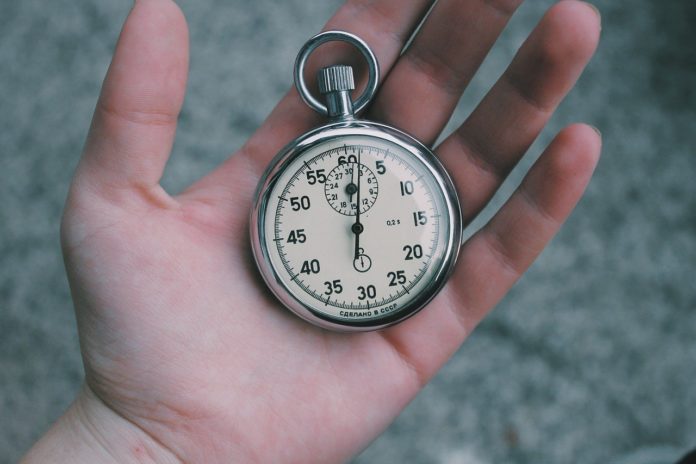
This is a blog post about the top of the hour. It tells you what value it has and how to use it in your life.
The top of the hour is an important part of timekeeping, and this article will tell you why that’s true. It’s often the time in which newscasts and TV shows begin. It helps people to keep track of what time they should do certain things, like when their favorite sports team is playing or if it’s quitting time at work.
It also has other uses that are more specific to individual situations: For example, you can use the top of the hour to show what time it is in another location.
Frequently Asked Questions:
What’s at the top of an hour?
Why do we have a “top” and not just one minute that has special significance?
Can you define the top of the hour for me more?
What’s at the top of an hour?
Time. The hours on a regular clock are numbered from one to twelve, but we have a “top” or “twelve o’clock” that has special significance because it corresponds with the time when you should start newscasts and TV shows in North America (and sometimes the world).
Why do we have a “top” and not just one minute that has special significance?

We don’t. The top of the hour is when you should start newscasts, TV shows, etc., but there’s no time during an hour when something specifically significant happens in North American culture, so instead it corresponds with the time when you should start newscasts and TV shows in North America.
Why do we have hours at all?
Since the Earth rotates on its axis every 24 hours, other cultures tended to use a system with 12 hour periods. The time when the sun is highest in the sky starts at noon and ends at midnight, so each day has twelve “hours” or units of 60 minutes each (each minute being one-sixtieth of a degree).
How is time measured?
We measure time in units called “seconds.” There are 60 seconds to every minute, and there are 24 hours in each day. The Earth rotates on its axis every 24 hours (hence the term “day”) which means it takes exactly 1440 minutes (24 hours) to rotate a full 360°.
Why are there 24 hour periods?
It used to be that people only lived on the earth for about 100 years before they died, so 12-time units (hours) were enough for them. When I was born in 1971, 97% of all humans had already been alive and died.
What is a 24 hour period called?
We call these periods “days” and we refer to the time between one day, or 12 hours of daytime, and the next as nighttime. These are all collectively referred to as “24 hour days.”
How long does it take for Earth to rotate 360 degrees?
It takes exactly 1440 minutes (24 hours) for Earth to rotate a full 360 degrees.
How long has it been since I was born in 1971?
Why do we call these periods “days”?

We refer to the time between one day, or 12 hours of daytime, and the next as nighttime. These are all collectively referred to as “24 hour days.” The term “24 hour day” is a linguistic relic of an era when people divided the world into two halves: daytime and nighttime.
How many minutes are in an hour?
There are 60 whole minutes or 300 (15) seconds per minute. That means there are 1440 minutes in an hour! This is because the earth takes 24 hours to spin around once and there are 12 hours during which it’s daytime on Earth.
What does “24 hour days” mean?
The term “24 hour day” is a linguistic relic of an era when people divided the world into two halves: daytime and nighttime. These are all collectively referred to as “24 hour days.” The term 24-hour day is used only in colloquial speech since it’s not used in any formal or technical contexts.
How does this affect our sleep?
A person’s biological clock is set to the day/night cycle, so a 24 hour day can really mess with your sleeping patterns and cause insomnia. The best way to combat this is by getting up at the same time each morning!
The term “24 hour day” is a linguistic relic of an era when people divided the world into two halves: daytime and nighttime. These are all collectively referred to as “24 hour days.” The term 24-hour day is used only in colloquial speech since it’s not used in any formal or technical contexts.










